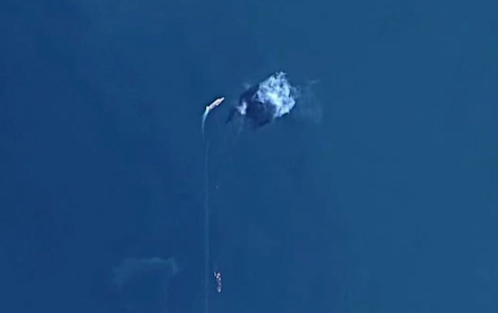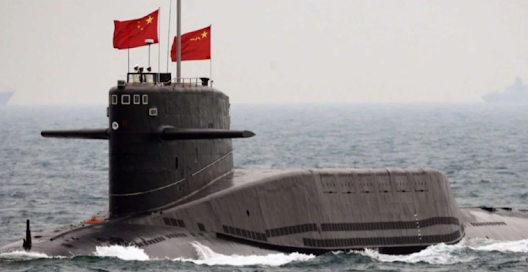Not just a drone, but an underwater ambush
The Stingray is not just another underwater vehicle that just floats and shoots. It is an autonomous machine designed to penetrate into hard-to-reach areas, anchor at the bottom and wait. To wait for weeks or even months in complete silence, without emitting a sound. And only on command — come to life, turn on the sonar, start reconnaissance or attack the target.
These drones are changing the rules of the game underwater.
What can he do — from intelligence to cable protection
The Stingray is positioned as a barrage autonomous underwater vehicle (ANPA) capable of operating at great depths. Its main tasks are:
- Conducting exploration in difficult waters
- Detection and tracking of submarines (PLO)
- Bottom mapping
- Protection of underwater infrastructures — cables, platforms, pipelines
It can carry up to 15 kg of payload, and modular — that is, the necessary sensors are installed for a specific mission: sonar, radar systems, or even weapons. This makes it universal.
How to launch and how to charge
You can launch Stingray from different platforms: from patrol boats, submarines, special vessels such as "Scan" or even from the shore. But the most interesting thing is the dock. Imagine an underwater "base" at the bottom, where the drone can return to recharge or transmit data.
The device is equipped with the possibility of underwater charging, and the standard battery lasts for 24 hours. With the additional module, the autonomy time increases. And in the "silent standby" mode, it consumes a minimum of energy, saving the charge until the right moment.
Why is this important for the Navy
Now more and more attention is being paid to underwater safety, especially after incidents involving damage to telecommunications cables. The fleet does not have enough resources to patrol all dangerous areas around the clock. And the Stingray can just lie on the bottom like a mine, but it's smart — and turn on only when it's needed.
It's not just about saving energy. This is a new level of control underwater.
Sources
- Hi-Tech Mail.ru — testing the autonomous MQ-25 Stingray tanker
- TenChat — Stingray underwater robot used on salmon farms
- Korabel.ru — ANPA Stingray specs and mission profile
- Oceanology — autonomous navigation and underwater robotics
- RoboTrends — catalog of underwater robots including Stingray
- Oceanos.ru — underwater gliders overview
- 7ft.ru — discussion on Stingray-class vehicles
- Korabel.ru — fleet information on Stingray systems
- VK post — community notes on Stingray applications




































.jpg)
